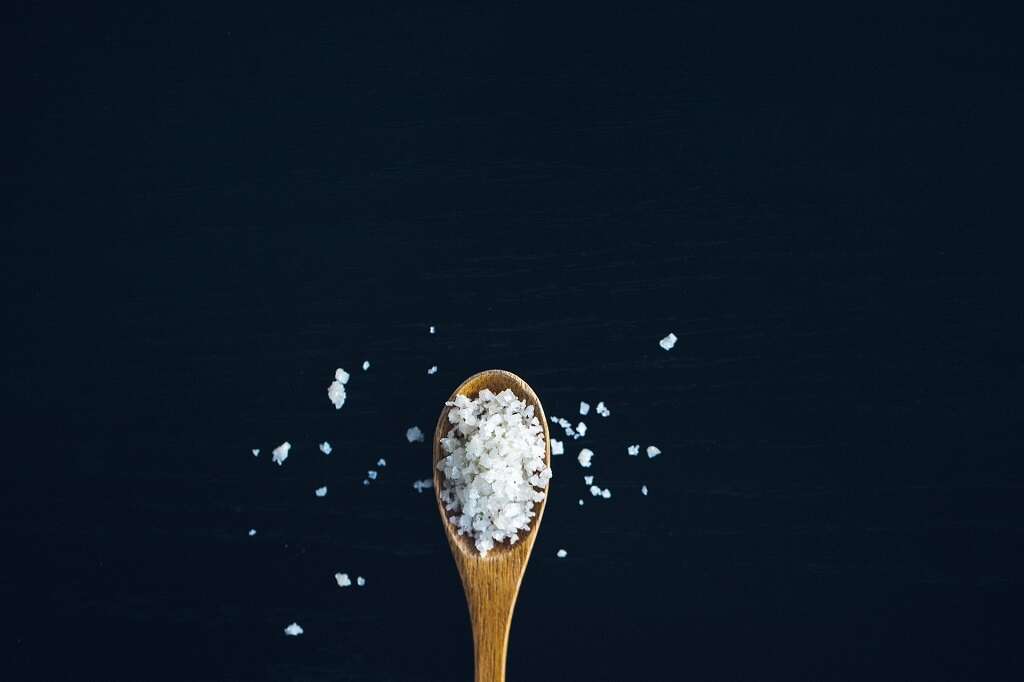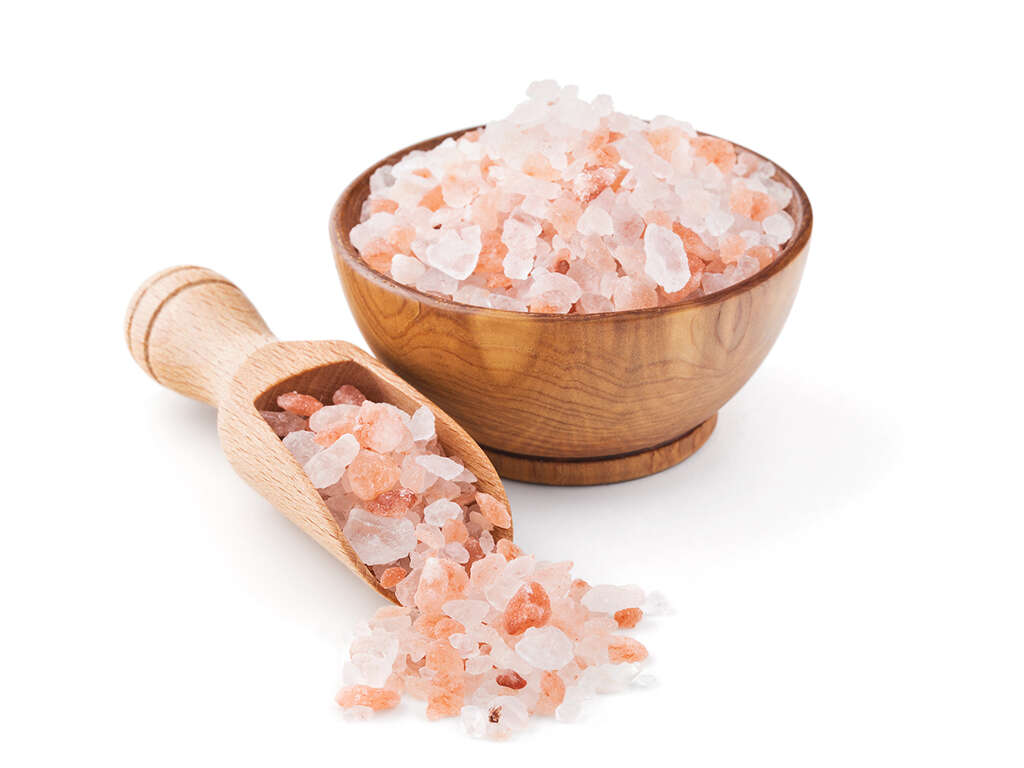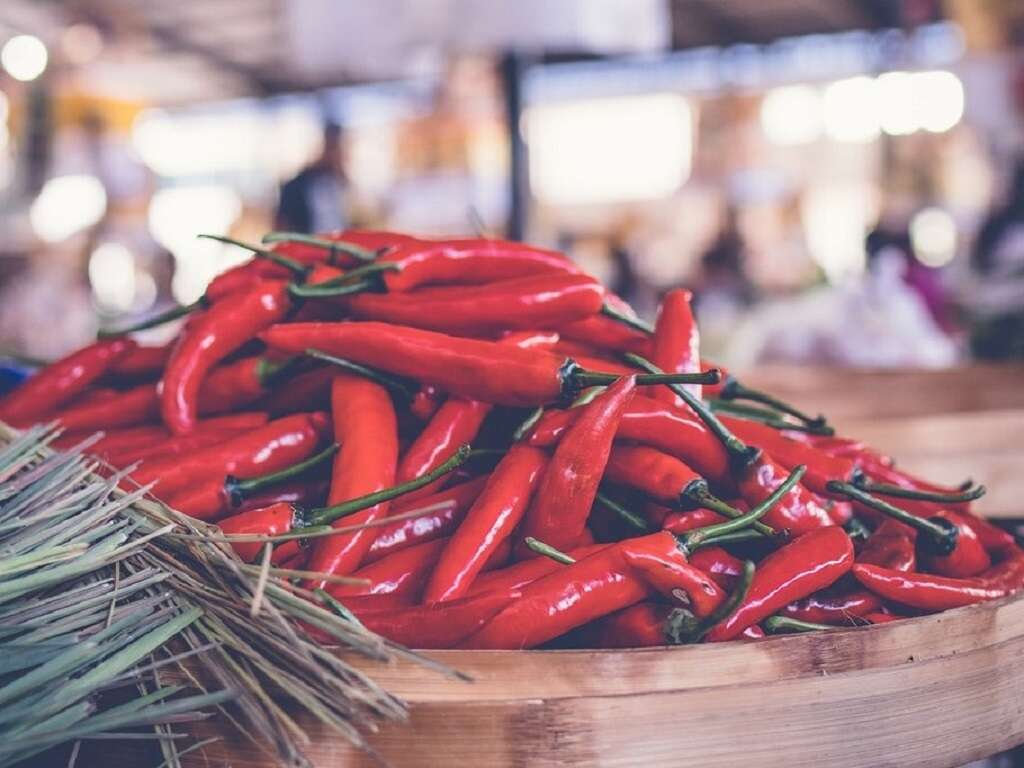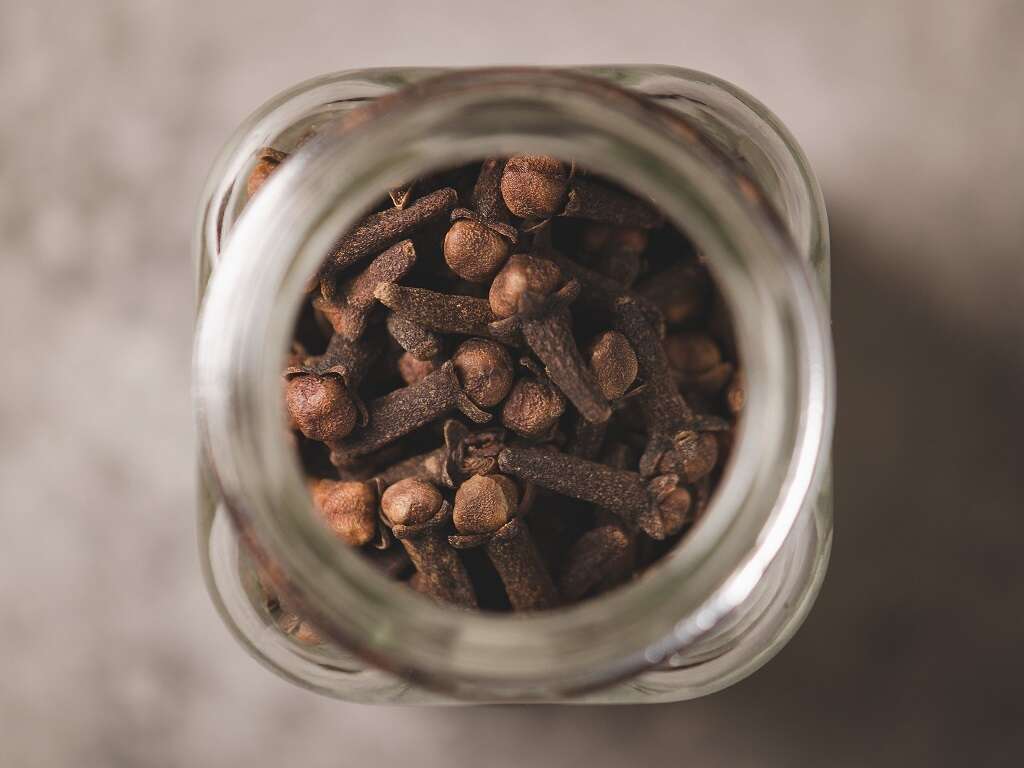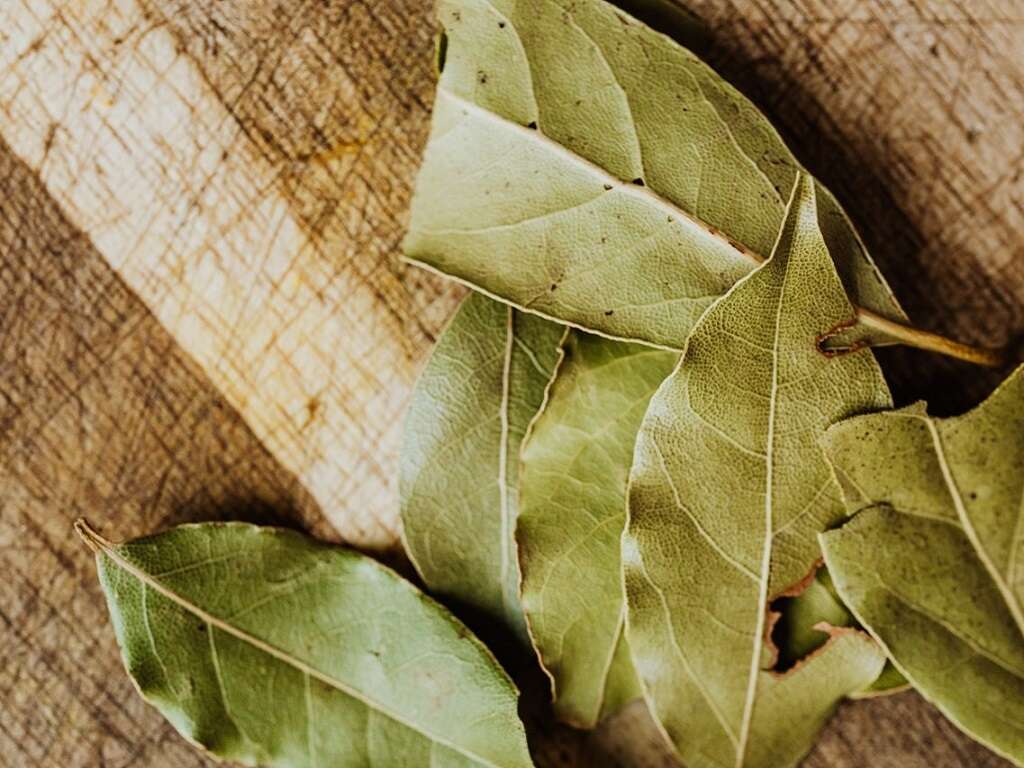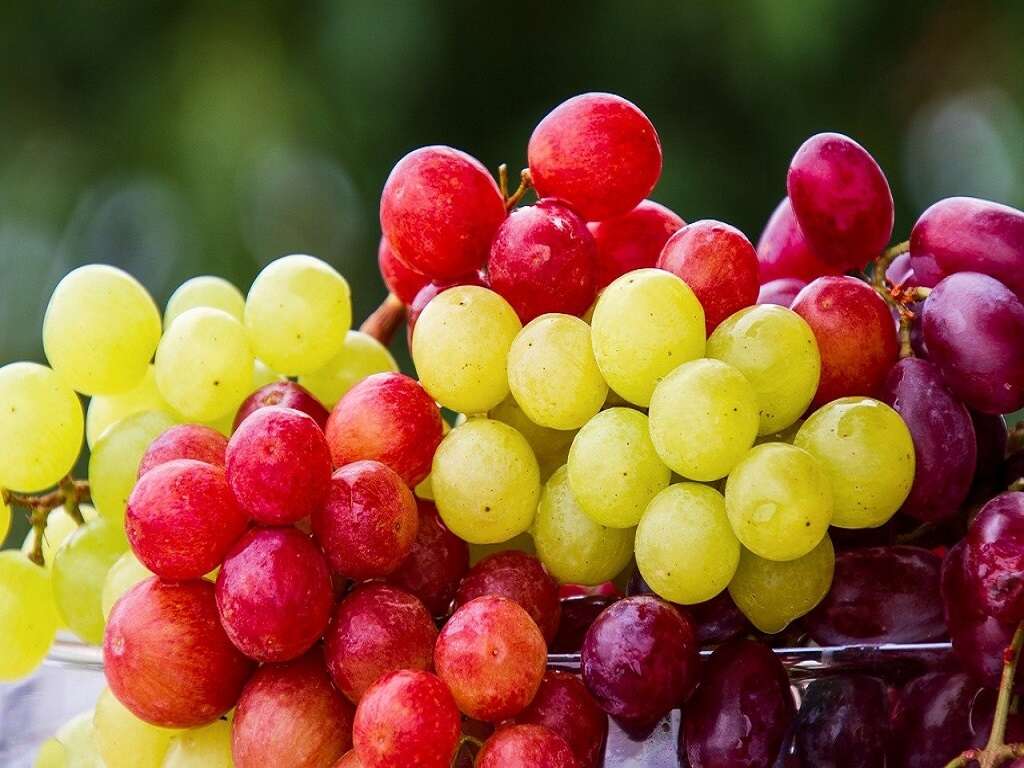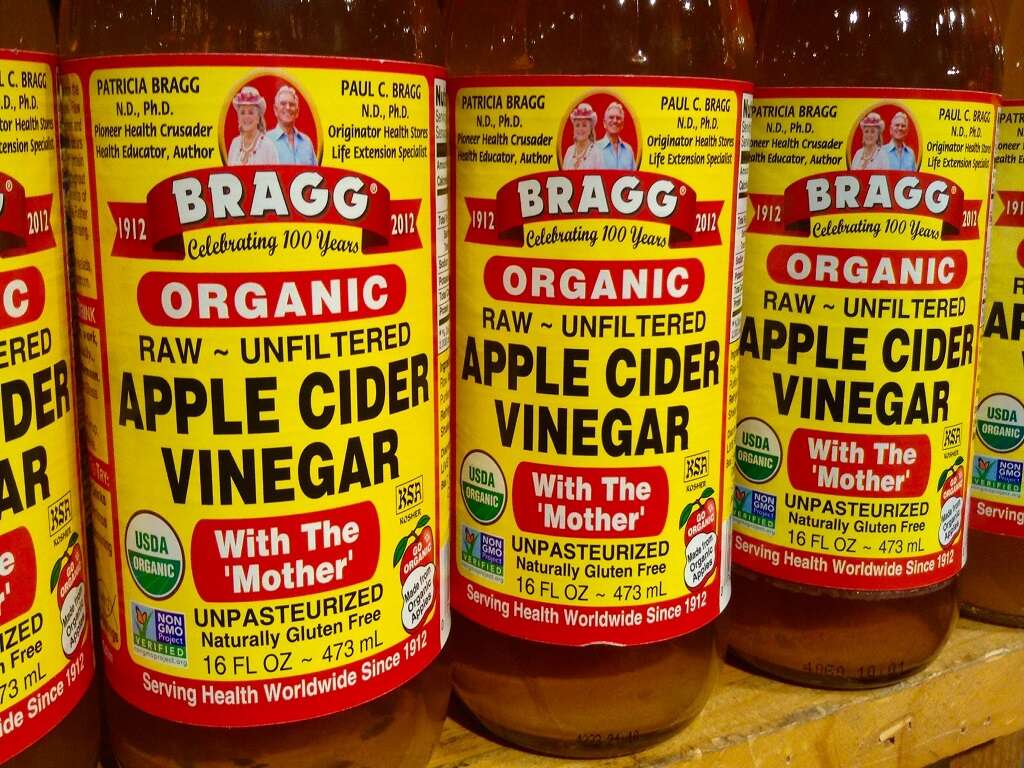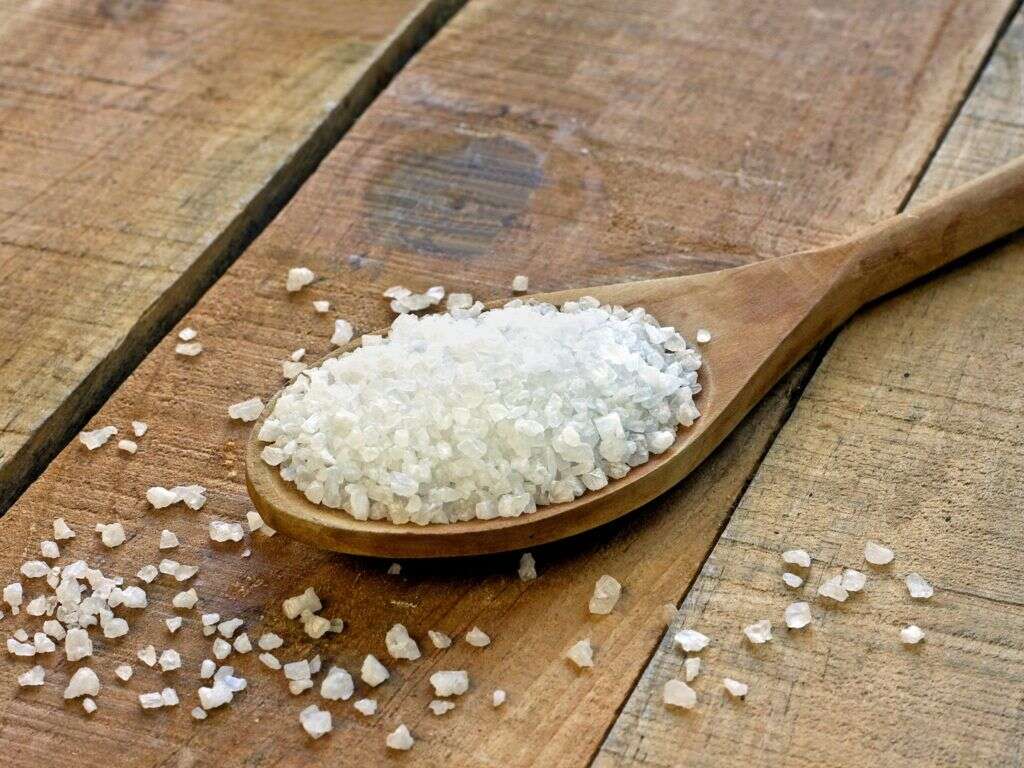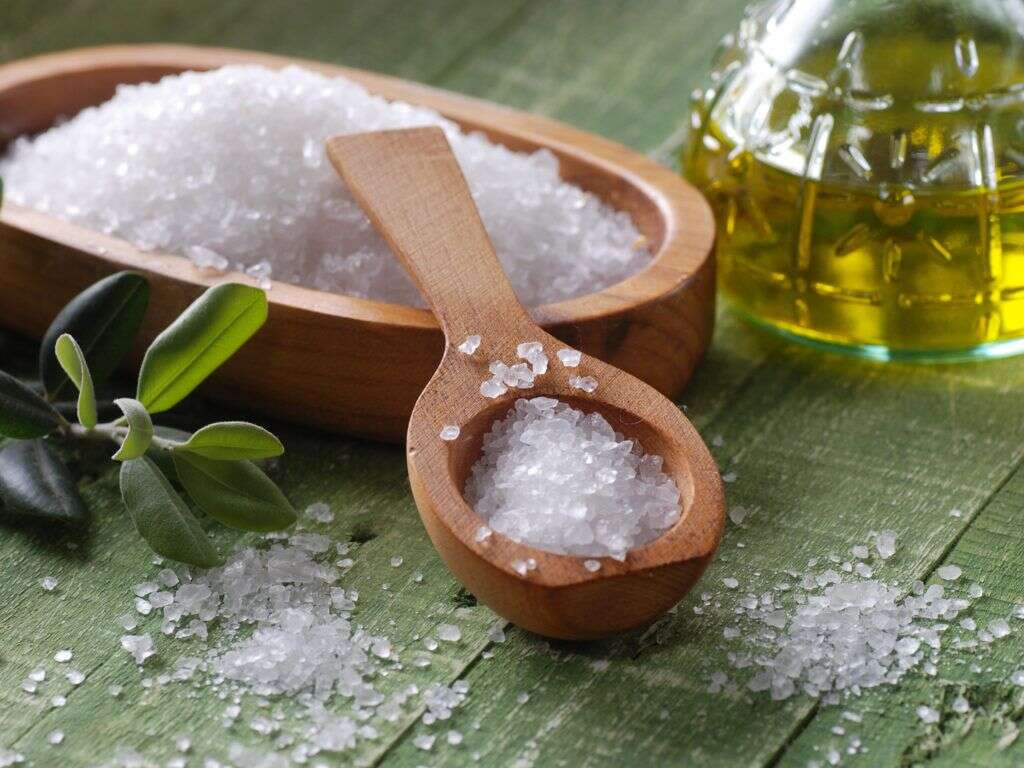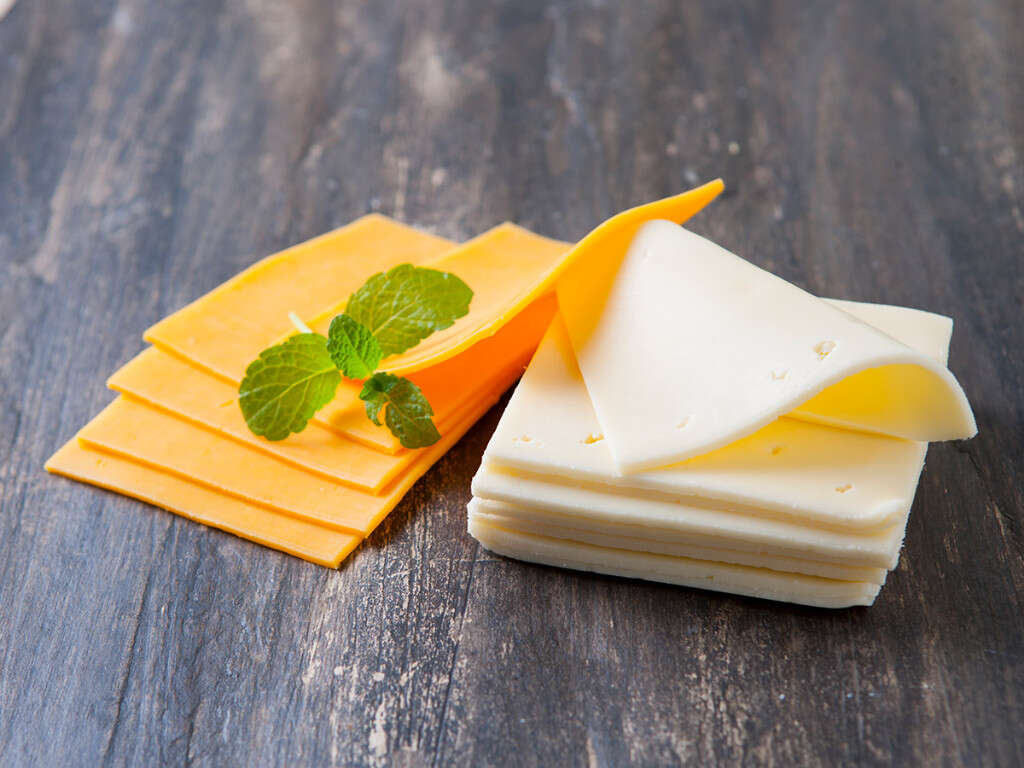10 Iodine Rich Foods
 Article Sources
Article Sources
- 1. 'Iodine in Diet: MedlinePlus Medical Encyclopedia' MedlinePlus, U.S. National Library of Medicine, medlineplus.gov/ency/article/002421.htm
- 2. Gunnarsdottir, Ingibjörg, et al. 'Iodine Intake and Status in Iceland through a Period of 60 Years.' Food & Nutrition Research, CoAction Publishing, 27 May 2009, www.ncbi.nlm.nih.gov/pmc/articles/PMC2691155/
- 3. Yeh, Tai Sheng, et al. 'Analysis of Iodine Content in Seaweed by GC-ECD and Estimation of Iodine Intake.' Journal of Food and Drug Analysis, No Longer Published by Elsevier, 17 Feb. 2014, www.sciencedirect.com/science/article/pii/S1021949814000155
- 4. 'Office of Dietary Supplements - Iodine.' NIH Office of Dietary Supplements, U.S. Department of Health and Human Services, ods.od.nih.gov/factsheets/Iodine-HealthProfessional/
- 5. 'Office of Dietary Supplements - Iodine.' NIH Office of Dietary Supplements, U.S. Department of Health and Human Services, ods.od.nih.gov/factsheets/Iodine-Consumer/
- 6. Aquaron R;Delange F;Marchal P;Lognoné V;Ninane L; 'Bioavailability of Seaweed Iodine in Human Beings.' Cellular and Molecular Biology (Noisy-Le-Grand, France), U.S. National Library of Medicine, pubmed.ncbi.nlm.nih.gov/12146713/
Iodized Salt
Iodized salt is a significant dietary source of iodine internationally, but its use varies widely. When iodized salt is used in food production, foods with a relatively high salt content such as some prepared meals, savory snacks, cheese, sausages and bread can contribute meaningfully to dietary iodine intakes.
However, many processed soups rarely contain iodized salt. In addition, specialty salts like Himalayan salt, kosher salt, fleur de sel and sea salt are not commonly iodized.
Advertisement
